A future where your farm practically runs itself. Where crops are watered with pinpoint accuracy, pests are identified before they can cause major damage and harvests are optimized for maximum yield. Sounds like science fiction, right?
Well, thanks to the incredible advancements in smart farming and agritech, this future is closer than you think and at the heart of making all this possible is something you might not have heard much about: data annotation.
Why is Data Annotation So Crucial for Smart Farming ?
Smart farming relies heavily on data. From sensors in the soil to cameras mounted on tractors and drones, an enormous amount of information is collected.
But this raw data, by itself, is just noise. It is like having a library full of books but no way to read them. This is where data annotation steps in as the librarian, organizing and making sense of everything.
Let’s look at some key areas where it plays a vital role:
Crop Health Monitoring:
Imagine a drone flying over your fields. It captures thousands of images. How does an AI system know if a plant is stressed, diseased, or perfectly healthy?
Through agricultural drone annotation. Experts meticulously label images, highlighting diseased areas, identifying healthy plants, or even marking specific types of weeds. This labeled data trains the AI to automatically detect these issues in real-time, allowing farmers to intervene quickly and precisely, reducing crop loss and chemical use.
Automated Pest and Disease Detection:
Early detection is key to preventing widespread outbreaks. With annotated images of different pests and diseases, AI models can learn to spot the first signs of trouble. This means less reliance on broad – spectrum pesticides and more targeted treatments, which is better for your farm and the environment.
Precision Irrigation and Fertilization:
Soil sensors gather data on moisture levels and nutrient content. But to make this data actionable, it needs to be interpreted. Data annotation helps train AI models to understand what different sensor readings mean for different crops at various growth stages. This allows for hyper localized irrigation and fertilization, ensuring every plant gets exactly what it needs, saving water and resources.
Yield Prediction and Optimization:
By analyzing historical data, including weather patterns, soil conditions, and crop imagery (all meticulously annotated, of course!), AI can predict yields with increasing accuracy. This empowers farmers to make better decisions about planting, harvesting, and market strategies.
Autonomous Farming Vehicles:
From self-driving tractors to robotic harvesters, the future of farming involves more automation. For these machines to navigate safely and efficiently, they need to “see” and understand their environment. This requires massive amounts of annotated data identifying obstacles, distinguishing between crops and pathways, and understanding terrain.
Machine Learning for Farming: The Engine of Innovation
Machine learning for farming is the engine that drives all these innovations. But just like any engine, it needs fuel. And that fuel is high quality, accurately annotated data. Without it, even the most sophisticated ML algorithms are just lines of code.

Think about it:
If you are training an ML model to identify healthy plants, but your annotation team accidentally labels diseased plants as healthy, the model will learn incorrectly.
If your agricultural drone annotation is sloppy, your AI-powered drone won’t accurately map out problem areas in your field.
The accuracy and consistency of data annotation directly impact the performance and reliability of the AI systems in smart farming.
The Future is Bright and Data Annotation is Leading the Way
The rise of smart farming and agritech is fundamentally transforming how we grow food. It promises increased efficiency, reduced environmental impact and greater food security for a growing global population. And while we often marvel at the sophisticated algorithms and futuristic machinery, it is crucial to remember the foundational work that makes it all possible.
Data annotation, though often behind the scenes, is the hidden gem of this agricultural revolution. It is the painstaking process of teaching machines to see, understand, and ultimately, help us cultivate a smarter, more sustainable future for farming.
So, the next time you hear about a new agritech breakthrough, remember the vital role that perfectly labeled data played in bringing it to life!
